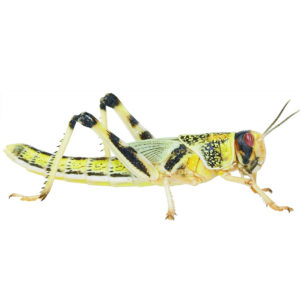
Live food Loyalty Program — Only at Our Kidlington Store!
Calling all reptile keepers and bug lovers! Stock up and earn rewards every time you purchase live foods in-store. 🦗 Get 50 Bonus Points When
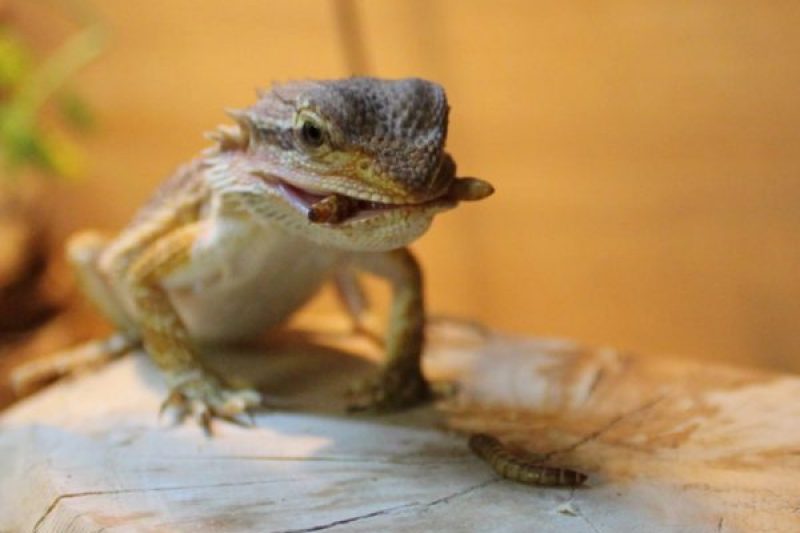
One of those measurements that lots of people talk about but very few understand it. Just what is humidity and how does it affect our pet reptiles?
According to the dictionary:
humidity
/hjʊˈmɪdɪti/
noun
Humidity is the amount of water vapour in the air. Water vapour is continuously generated by evaporation from seas, rivers and the ground and removed by condensation. When the temperature is higher, the air can hold more water vapour, meaning that the warmer the climate, the higher the humidity level can be.
For example, a densely saturated amount of air may contain 28 grams of water per cubic meter at 30°C, but only 8 grams of water per cubic metre of air at 8 °C. Don’t worry about the figures – all you need to remember is that cold air tends to be drier than warm air!
But why are we worried about humidity at all? Well, it’s all to do with where our various reptile pets come from in the wild; they evolved to thrive in different environments, and to keep them happy and healthy we need to replicate the conditions as closely as we can. The advantage is that most of our commonly kept pet reptiles have been bred in captivity for many generations now, and on the whole are less sensitive to environmental fluctuations than their wild counterparts.
Obviously, this will depend on where your reptile originally came from in the wild. In order to know what humidity your pet reptile needs, you need to look at the habitat that their ancestors evolved in; are they a forest creature, or a desert dweller? Do they live under the ground, or up in the trees? Animals that live on the rainforest floor will need the highest humidity, whilst those that live mostly in the open in sandy deserts will need the lowest.
You will also need to take ventilation into account. A lot of arboreal (tree-dwelling) animals that originally come from rain or cloud forests need high humidity but also good ventilation; in our climate that can be very difficult to achieve. On the whole, higher humidity animals should be kept in vivariums made of glass, PVC or other impermeable materials, whereas desert dwellers are quite happy in wooden vivariums.
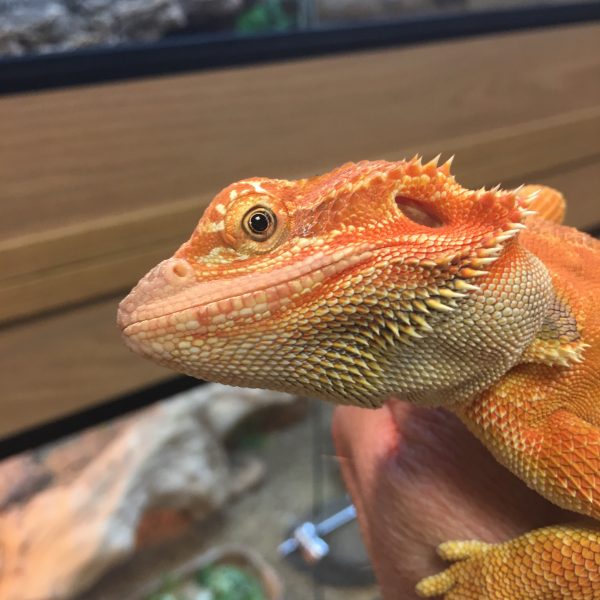
The central bearded dragon that we all know and love is a desert-loving creature. Originating from the hot dry plains of central Australia, they can be found in dry, rocky scrub, open woodland and even scorching roadsides! As you might imagine, humidity in these arid areas tends to be very low. Annual average relative humidity in the mid-afternoon (3pm) is below 30% over most of the area and falls as low as 20% in parts of inland Western Australia. Days with humidity falling below 10% are not unusual, especially in late winter and spring.
As the humidity in the UK averages between 60% to 80%, it is necessary to take steps to reduce this humidity for our pet dragons – thankfully, the very equipment we use to keep them warm does the job for us! By using heat lamps for their daily basking spot the humidity is lowered to a comfortable level for your dragon. This also means that the humidity goes up slightly at night, which mimics conditions in the wild and is good for your pet dragon.
Species include:
Once you have found out where your lizard comes from in the wild it should be simple to decide whether they need low or high humidity. Arid does not always mean desert; the African fat tail gecko and East Indian leopard gecko are all found in dry woodland and grassland, so benefit from a lower humidity. Aim for humidity of 30% to 50% overall.
Species such as:
Tropical forest areas tend to be extremely humid! Our captive pets don’t quite need to be kept at enormously high levels, but a good level to aim for is 60% to 90% humidity.
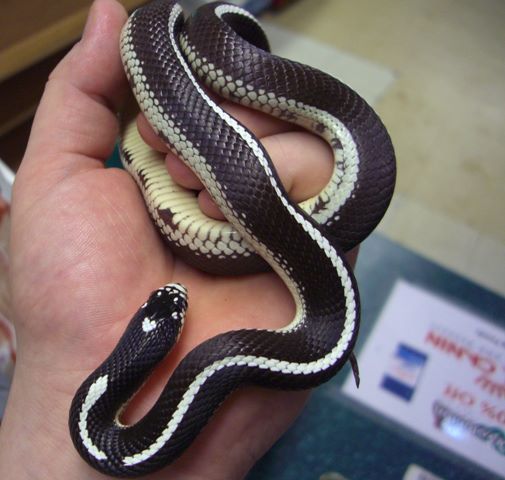
Royal pythons are the classic tropical forest-dwelling pet snake. In the wild, average humidity ranges roughly between 45-75%, with dips down to 30% and spikes up to 90% so generally, if you aim to keep the humidity at approximately 80% you will keep your royal python happy and healthy.
Species of snake needing high humidity (70% to 90%):
Species of snake that need lower humidity (50% to 70%):
Species of snake that need very low levels of humidity (20% to 40%):
Once you know what humidity levels your reptile pet needs, you can design their environment with that in mind. Don’t forget that even animals that live in very arid areas often have an area that they retreat to that has a higher level of humidity; beneath rocks and between clumps of plants as well as in burrows are all examples of areas they will use when seeking slightly damper conditions.
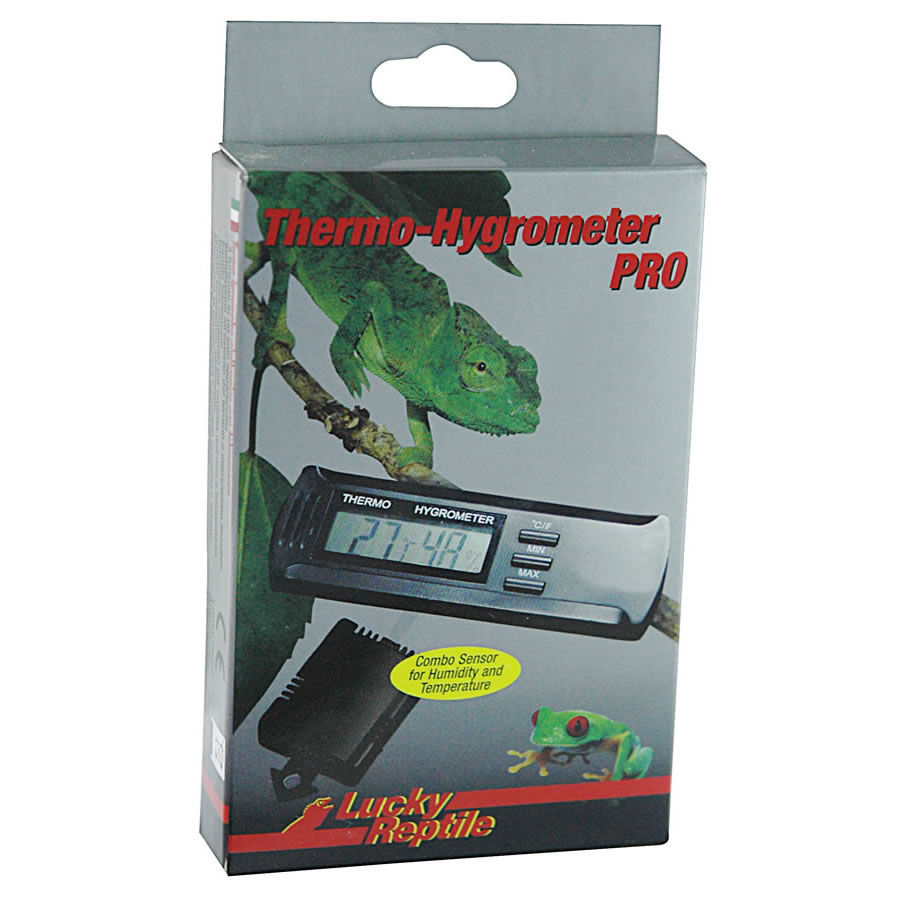
Make sure that you have a good digital hygrometer as part of your reptile keeping kit! Dial hygrometers are available but tend to be so inaccurate as to be effectively useless. Incorrect humidity levels tend to produce chronic, rather than acute problems; whereas heat can kill in minutes, illness produced by the wrong humidity can go on for months before it’s realised what is causing these persistent, low-grade symptoms.
Check several different areas with your hygrometer. It may be that the humidity is very low in the open, but higher near the substrate or underneath decor; one of the reasons for using as large a vivarium as possible for your pet is that it makes it easier to produce a humidity gradient as well as a temperature and a UV gradient. Always offer your pet the choice.
There are several conditions associated with humidity levels that are too high. One of the commonest in snakes is scale rot, sometimes known as blister disease; this is usually associated with damp, unsanitary conditions that promote the overgrowth of bacteria in the environment and on the snake’s skin. This bacterial overgrowth causes fluid and pus-filled blisters to appear on the snake’s skin as the body tries to fight the infectious bacteria that has spread beneath the scales. Often seen lifting the belly scales, it can cause blisters all over the body. If fluid-filled blisters or brown edges to the scales are seen, check your husbandry and take your pet to see a reptile specialist vet immediately.
Respiratory conditions are also associated with incorrect humidity, either too high or too low. Depending on the humidity conditions required by your pet reptile, too low or too high can put the lungs under strain and leave them open to secondary infection. Even if your pet regularly drinks from a bowl, if it is kept in air that is too dry then it will lose water with every breath and become chronically dehydrated. This can affect the kidneys and other major organs, leading to a slow death from progressive organ failure. High humidity for animals that need dry air can cause issues with temperature regulation and fluid balance within the body, which can lead to a number of chronic conditions that will drastically reduce the life expectancy of your pet.
If you need to lower the humidity in your vivarium, you need to look at how your system works:
Some substrates – such as lignocel and beech chips – hold very little water and are best used for arid loving animals. Sand and soil mixes will be dry when used in a shallow layer but can harbour a layer of dampness when used to thickly cover the floor of your vivarium. Bark chips and coir fibre can harbour moisture which will slowly release into the environment, raising humidity – so replace your substrate if you need it to be drier.
Incandescent and halogen bulbs dry the air that surrounds them, as well as creating convection currents in the air of the vivarium. Ceramic bulbs are notorious for drying the air, so if you need to drop your humidity quickly it’s worth looking at your heating systems. Heat mats aren’t very good at this, so in an arid setup, it’s definitely worth looking at replacing any heat mats with bulbs, ceramics or deep heat projectors.
You should always, always provide a source of freshwater for your pet. However, using a large bowl situated at the warm end is a sure-fire way to raise humidity, especially if your animal likes to splash about in it! Use a smaller bowl, and place it at the cool end.
Many desert habitat animals enjoy being misted, and it’s a very useful way to encourage them to drink. If you use this hydration method, make sure that you mist early in the morning just after the lights come on, so that the moisture has fully evaporated by the time the lights go out. Use a very fine spray so that water droplets sit on surfaces rather than soaking the substrate.
Be aware that the surrounding environment can have a big effect on the state of your vivarium. If the area where your pet is situated is prone to damp, then consider moving the vivarium to a warmer, drier area. Remember that even deep desert lizards such as the uromastyx still need a slightly more humid refuge where they can rest. Don’t lower the humidity to the point where your animal struggles to function!
It’s worth asking yourself a few questions before you change any levels in your vivarium. Do you need to raise the humidity across the whole vivarium, or just offer your pet an area of higher humidity? Do they need to dry out between humidity spikes? Once you know what exactly you are trying to achieve, then working out how to achieve it becomes easier.
A bioactive system is very efficient at keeping humidity high, so that’s certainly worth considering if you are constantly battling dryness in your vivarium. It looks great and reduces the amount of maintenance, too!
If you are at all unsure about your humidity or are in a panic because you can’t get it stabilised and someone on the internet is telling you awful things are about to happen, then give us a call or drop us a line! We are more than happy to discuss the requirements of your pet with you, and help you make sure that whatever the species, your pet reptile has the conditions that will keep them happy. We have a range of products and humidity supplies that we can recommend that will help you, so why not come and see us in our Kidlington store.
Visit us in store or have a browse through our website – the care hub is filled with care sheets and articles you will find helpful on your reptile keeping journey.
We’re here to help!

Calling all reptile keepers and bug lovers! Stock up and earn rewards every time you purchase live foods in-store. 🦗 Get 50 Bonus Points When
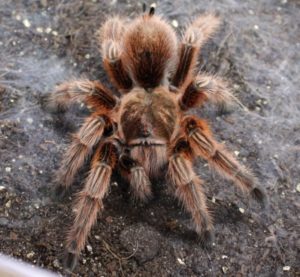
Welcome to Evolution Reptiles’ guide to tarantula care! Whether you’re a seasoned arachnid enthusiast or just starting your journey into the fascinating world of these

Why Do UVB Lamps for Reptiles Need to Be Replaced and How Often UVB lamps are essential for the health and well-being of reptiles, but
Copyright 2021 Evolution Reptiles
All rights reserved.